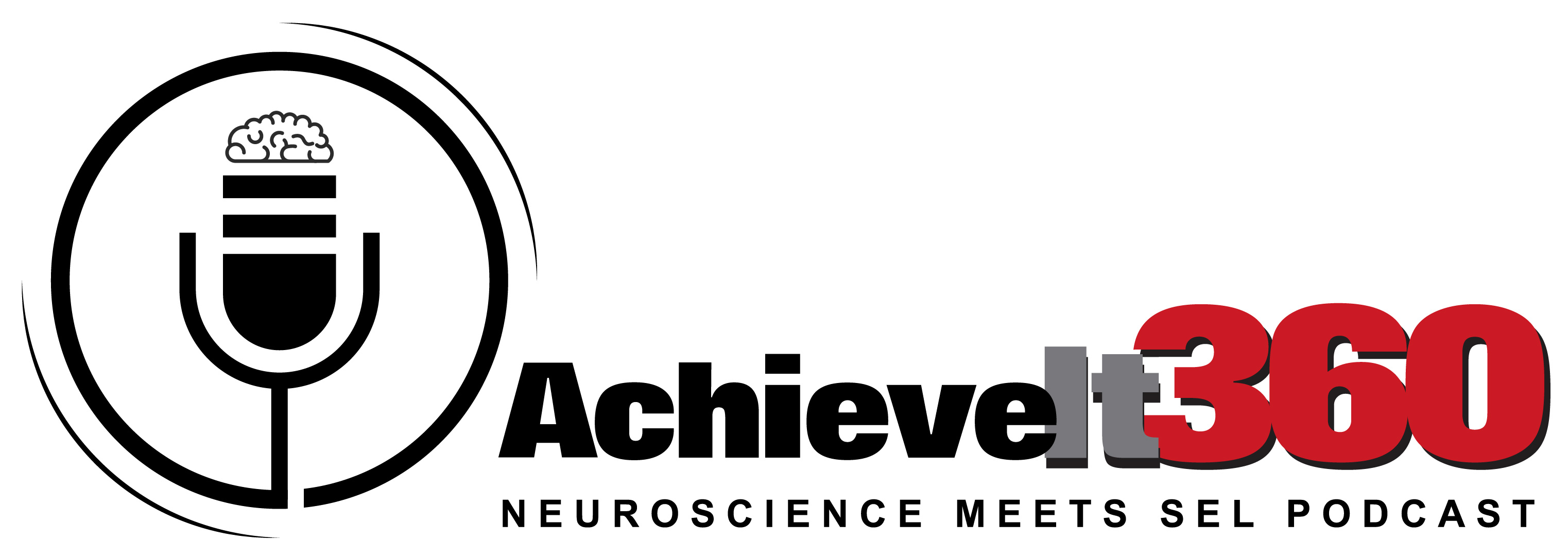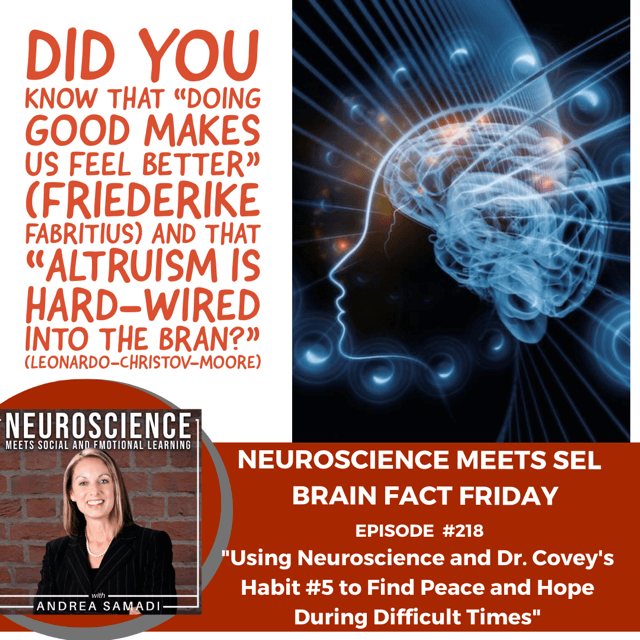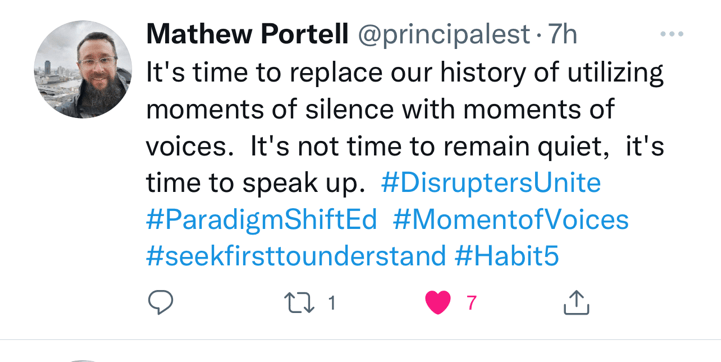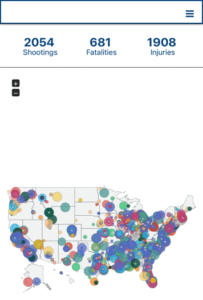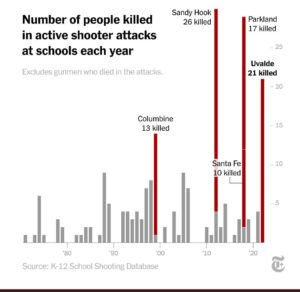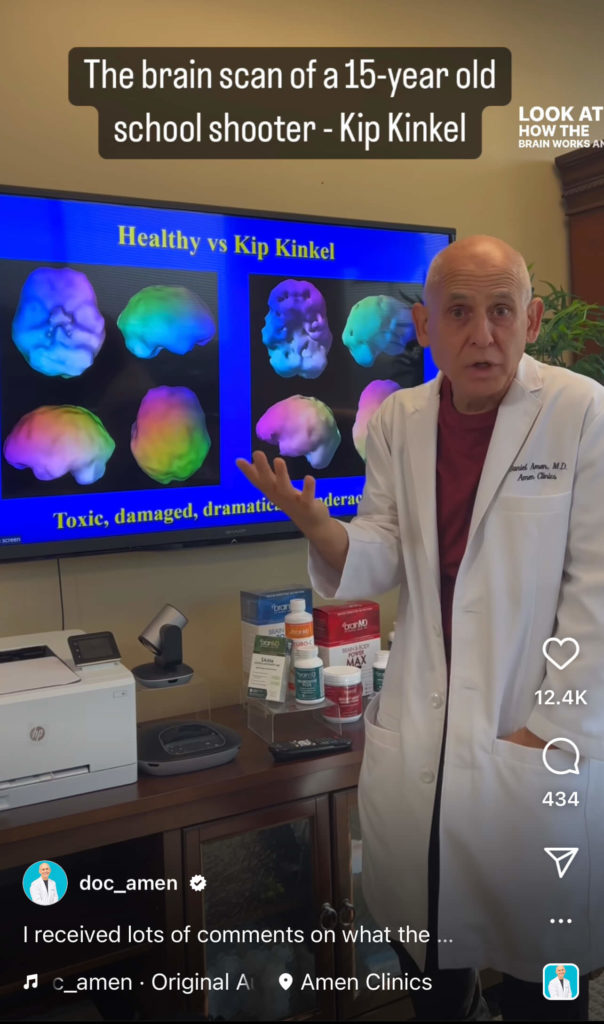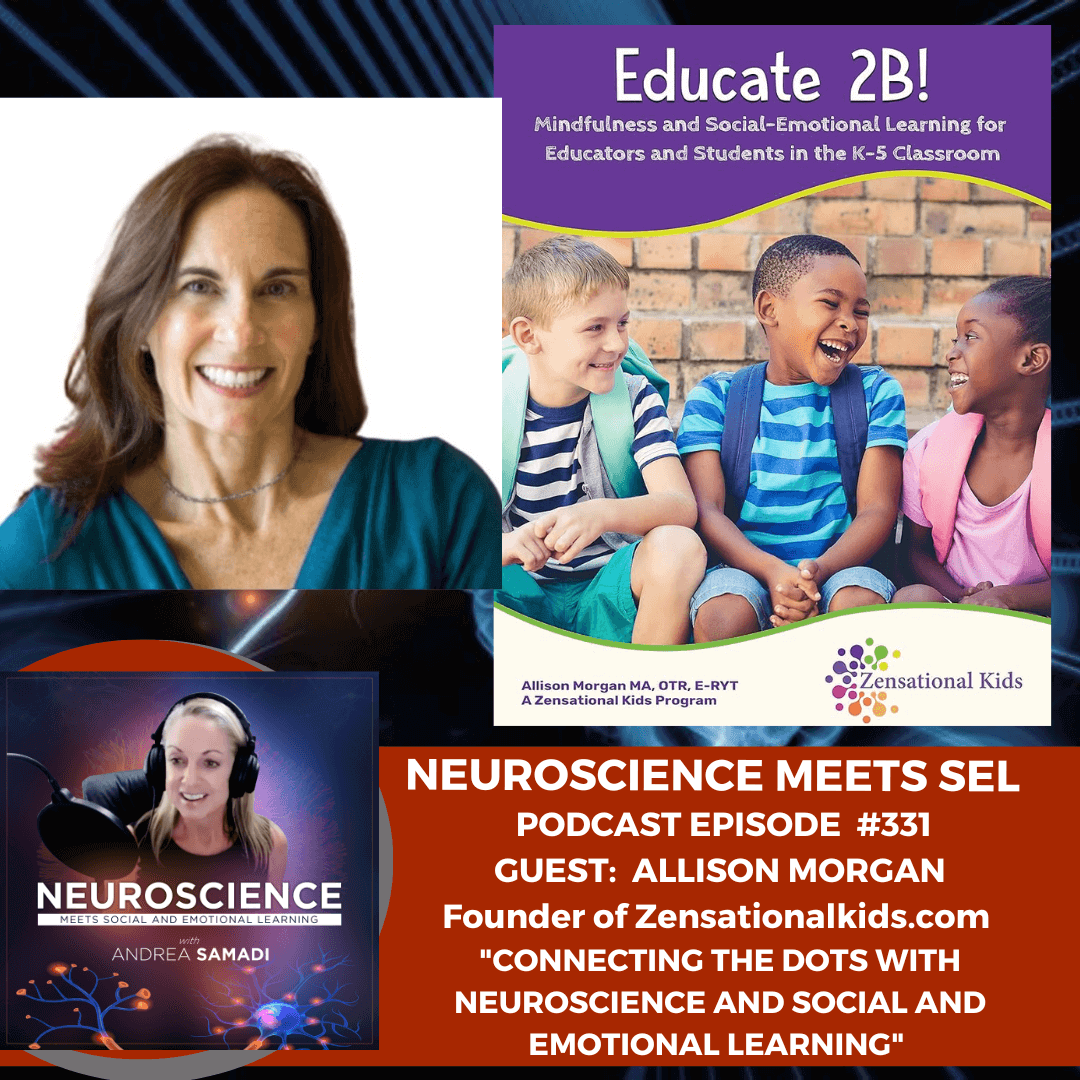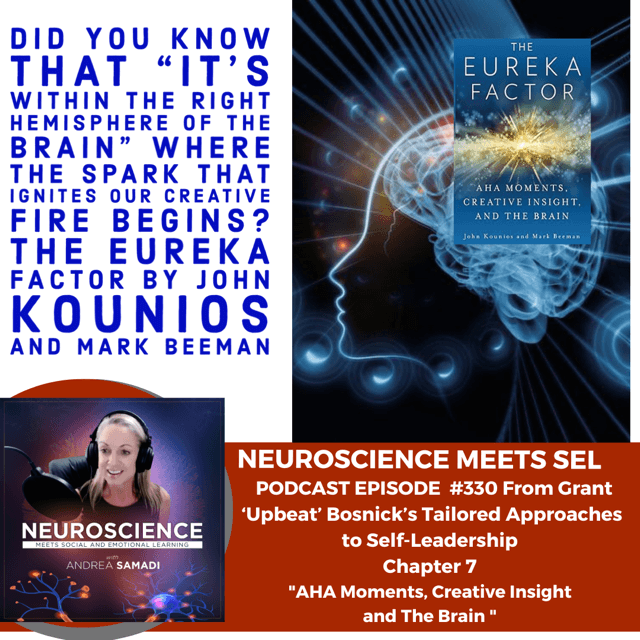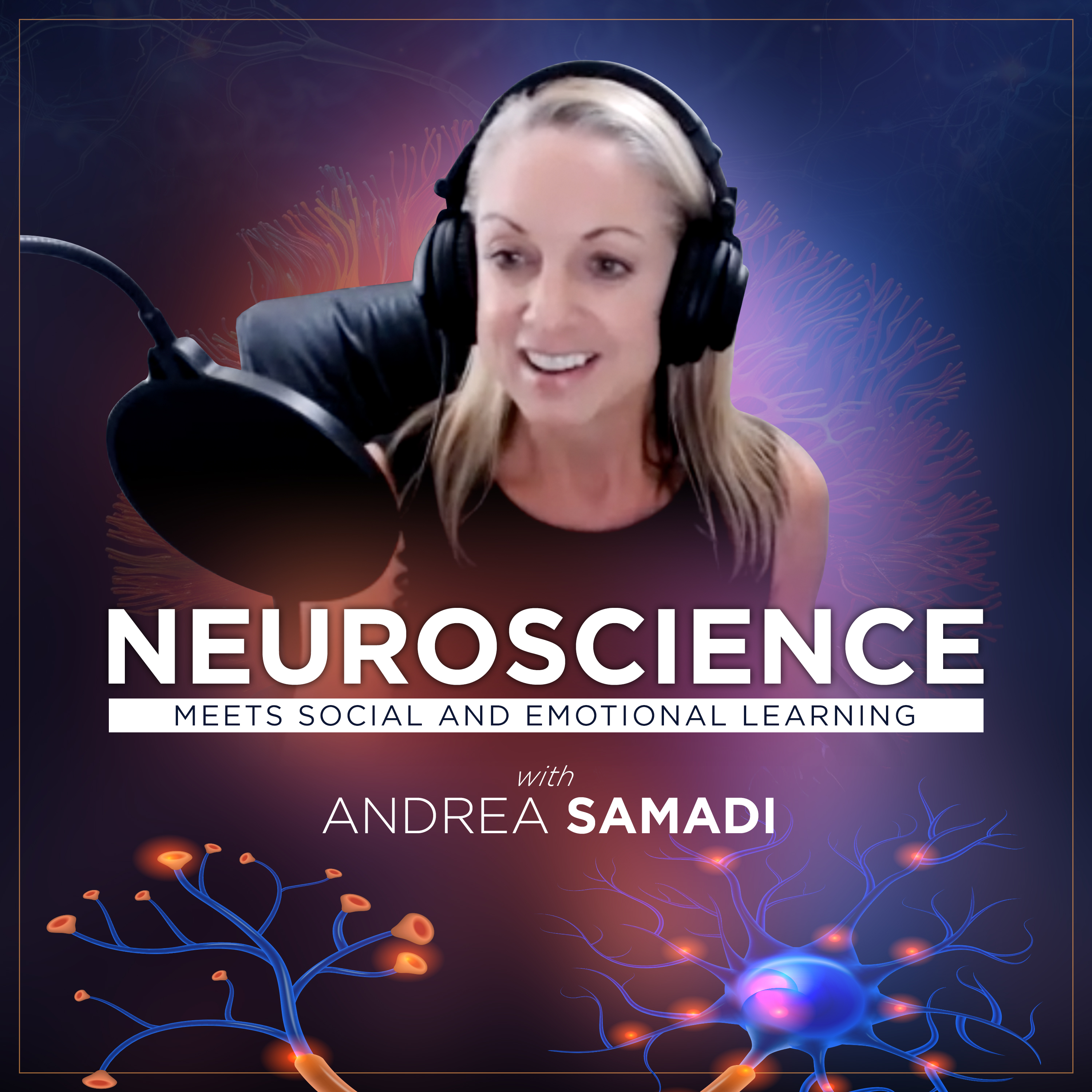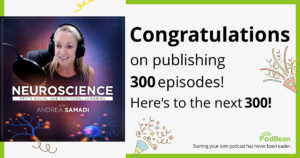This has been a tough week in the United States and while being interviewed on Tom Schimmer’s[i] educational podcast on Monday that focuses on learning, leadership, and life, he asked me what keeps me up at night related to education, and my answer to him was “school shootings” since they don’t seem to be going away. This was a day before the next mass school shooting would hit the news around the world.
This has been a really tough week for everyone, in addition to the stress the world is already facing, and I’m sure those listening to this episode outside of the US can feel the turmoil, and have many questions. While I certainly don’t have all the answers, I do have some thoughts that I think can provide some insight and hope for those who tune in. After this incident, while working on releasing our next episode, nothing felt right to me as I was writing, and so I figured the best solution was to take a break from our usual episodes, and think of ways that we could use this platform to amplify the voices left behind (like Chey and Pav have done do well)[ii] and highlight those who have been working in the trenches, to provide solutions for those impacted by the events like we saw repeated this week.
For returning guests, welcome back, and for those who are new here, I’m Andrea Samadi, author, and educator, with a passion for learning, understanding difficult concepts, and breaking them down so that we can all use and apply the most current research to improve our productivity and results in our schools, sports environments, and workplace environments. For today’s episode, #218, and this week’s Brain Fact Friday, we are going to look at how neuroscience can help us to understand what’s happening in our world today, with some strategies that we can all use to move us from a world of chaos, towards hope. Now this episode feels right to me.
Before we take a look at these brain-based solutions, getting a bigger picture overview of the events that occurred this week is important. The k12 school shooting database lists some charts and graphs that provide visuals of this issue documenting “each and every instance a gun is brandished, is fired, or a bullet hits school property (in the US) for any reason, regardless of the number of victims, time, day of the week.”
There’s a map that you can click on to see the incidents that have occurred by state[iii], and it’s eye-opening. Click on the link in the show notes and see for yourself. There wasn’t ONE state in the US that was exempt. You can see some that have less incidents, but country wide, you can see no one remains unaffected.
There’s also another graph that shows some of the most recent and well-known incidents next to ones we might not all know by name, all the well-known incidents highlighted in red. We can see Columbine in 1999 with 13 people killed, Sandy Hook in 2012 with 26, Sante Fe 2018 (10), Parkland, Florida, 2022 (17) and now Uvalde, Texas with 21 killed this week.
I share these numbers and visuals as a way to show that what Mathew Portell said is right on the mark. Moments of silence aren’t solutions. It’s time to speak up. But what exactly do we say?
How can we “Seek to Understand?” when things are so horrible and abnormal?
Dr. Covey’s timeless principles can help us all here. We must first Seek to Understand[iv], using Dr. Stephen Covey’s Habit #5.
How do we understand such difficult tragedies in our world?
The Brain of a School Shooter:
This takes me back to the work of American Psychologist, Dr. Daniel Amen[v], whose work looking at the brain through SPECT Image Scans[vi] (that looks at blood flow and activity in the brain—where he looks to make improvements and further balance the flow to improve brain function) his work and scans weren’t widely accepted when he began years ago, but he now helps people who come to his offices across the country (from well-known sports athletes, to celebrities, to regular people) to look at their brain to get to the root of their health and wellbeing from the brain level. He’s famous for saying “When our brain works right, you work right.”
Dr. Amen focuses on “why” this behavior is occurring (Habit #5) as he explained on recent Instagram post that the brain of Kip Kinkel[vii] (the shooter from the Thurston High School Shooting in Springfield, OR, 1998) was shown to be “toxic, damaged, and dramatically under active.” Dr. Amen said it “was one of the worst 15-year-old brains” he has ever seen and reminds us that “we have to talk about brain function whenever behavior is so awful and abnormal” and that “if we understand why (his brain is this way—he thinks possibly lack of oxygen at birth) then we can do something about it, but “most people get medication without understanding their brain.” (Dr. Daniel Amen Instagram). Dr. Amen shows a healthy brain that is smooth, even and symmetrical, versus an unhealthy, under-active brain when he points to the brain of the shooter. The challenge with this strategy is that we don’t have SPECT image scanners in our classrooms (or any brain scanners at all for that matter!) to pinpoint those with unhealthy toxic brains, so we could do something with this information.
What the Future Holds: Prevention from Understanding
Dr. Amen is working on making brain scans that he offers more accessible, which only the future will tell, and aren’t immediate solutions but there is still a lot that researching the brains of people who are committing these crimes can show. Since a SPECT image scan would only work on someone who is living (since it measures blood flow and activity in the brain) they can also look at the brain of someone who has died, to see what can be learned.
The Brain of NFL Player Aaron Hernandez
Just by looking at a razor-thin slice of the brain of Aaron Hernandez, (who was a football player in the NFL who was arrested and convicted of the murder of Odin Lloyd, and ended up committing suicide in prison) it was clear that “his brain was riddled with stage 3 CTE, a neurodegenerative disease which has 4 stages and has been found in athletes like football players, boxers and soccer players who endure repeated concussions and other blows to the head. It’s been associated with memory loss, cognitive dysfunction, and suicidal thoughts and behaviors.”[viii] While brain scans are not an immediate but a future solution, I thought about what else we could do as we reflect on the events that stopped us all in our tracks this week to give us some peace in the middle of this chaos. Dr. Amen says often that he’s in the “helping business” showing that his brain is hard-wired for altruism.
So How Can We Help Others With our Brain in Mind?
Friederike Fabritus, a pioneer in the field of neurol-eadership, who joined us on EPISODE #27[ix] reminded me this week that “one aspect that is very important for our brain is purpose. When we help others and behave in altruistic ways, our brain is flooded with the happiness trifecta: dopamine, serotonin and oxytocin. These are instant well-being boosters.”[x]
Doing good for others helps us to feel better! Research has shown that our brains are hard-wired for altruism and purpose.” Which brings us to this week’s Brain Fact Friday.
Did you know that:
“Doing good for others helps us to feel better!” (Friederike Fabritius[xi], and from the research of a postdoctoral fellow at the University of California, LA, Leonardo Christov-Moore[xii] that “our altruism may be more hard-wired than previously thought?”[xiii]
Besides, Dr. Amen, who is helping us to “understand” why people behave in abnormal ways, we also have people in the world who take this understanding to another level by actually doing something about the problems that they see.
This leads me to highlight the work of Darryl Scott, the father of Rachel Joy Scott, the first student killed at Columbine High School, who founded Rachelschallenge.org that focuses on his daughter’s life, with this legacy, not her death. Darryl Scott has spoken to over five million people in live settings around the world, not counting the millions he has spoken to through programs such as Oprah, Larry King Live, CNN, and the Today Show. He has authored or co-authored five books, and meets with politicians and educators regularly concerning issues of school violence. I highlight Darryl Scott in this episode (even though there are others taking a stand to end violence in our schools) but I had the chance to hear Darryl Scott speak when he keynoted at a School Counselors Conference in Arizona in 2018 and it was an event I will never forget. While he talked about the importance of safe schools, and provided a timeline of the shootings that occurred after Columbine, he took us all back to the person who created education in the United States in the first place, Horace Mann.[xiv] Scott reminded us about The Principles of the Father of Education, one being the importance of making education “inclusive” for all children. He asked us to all think about where we are today with helping all students feel safe in our schools, making us all think to where US education began in the first place.
For this week’s Brain Fact Friday where “doing good for others makes us feel better” and that we are “hard-hired for altruism” I hope that we can all think of how we can move forward, with understanding, and go the extra mile to help others in need. We might not be able to solve all the world’s problems at once, but doing a little bit every day to help others can make an incredible ripple effect on the world. I know we all know how to do this, and look for the ones who don’t stand out in the crowd to help.
While writing this episode, my alarm went off, and I had to pick up my youngest from her last day of school. While I was driving her home, there were two kids walking home up the side walk. One kid, looked like the older sister and the other, the youngest was much farther behind. It’s now close to 100 degrees out in AZ, so you get the picture. The little one walking behind dropped a folder of papers all over the ground, and her older sister didn’t even notice. She kept walking and the two girls were now really far apart. I’m writing this episode and super sensitive to this poor kid who just wants to go home, and now here papers are everywhere, so I stopped the car, and helped her to pick up her papers. I don’t think I’ll ever forget the look she gave me when she said “Thank you” as she ran up the street to join her sister.
We all have a story like this—maybe you’ve helped someone walk across the street, or you’ve shown your kindness in some other way, but now we all know that are brains are wired to help others in this way, and to do more of this moving forward.
Review and Conclusion
To conclude this week’s Brain Fact Friday, where we are looking for solutions to the problems we see in the world, we went back to Dr. Daniel Amen’s work where SPECT image brain scans could help us to understand “why” terrible things can happen in the world (Using Dr. Covey’s Habit #5 of Seek to Understand First) but until the research catches up with every day practice, we can all remember that:
“Doing good for others helps us to feel better and that our brains are hard-wired for altruism and purpose.” When we find that purpose, like Darryl Scott, who founded Rachel’s Challenge, this can improve our well-being while our message goes on to impact millions more around the world. Keep our eyes open for those who could use our help, and take action when you can.
We can all make the world a better place, and our brains are hard wired to do this.
I hope this weekend that you surround yourself with those you love, and that you think of ways that you can help others around you, as we do have the ability to make change over time, which does require action, not silence.
See you next week.
REFERENCES:
[i] Tom Schimmer https://twitter.com/TomSchimmer
[ii] Neuroscience Meets Social and Emotional Learning Podcast EPISODE #215 with Chey and Pav on “Amplifying Those Voices Left Behind” https://andreasamadi.podbean.com/e/chey-cheney-and-pav-wander-from-the-chey-and-pav-show-on-their-vision-to-identify-and-amplify-the-voices-often-left-behind/
[iii] K-12 US Shooting Database https://www.chds.us/ssdb/data-map/
[iv] The 7 Habits of Highly Effective People https://www.franklincovey.com/the-7-habits/
[v] Dr. Daniel Amen Instagram post of the brain of a school shooter https://www.instagram.com/p/CeAHXUzJUaF/
[vi]Neuroscience Meets Social and Emotional Learning Podcast EPISODE #82 PART 1 “How a Brain Scan Changed My Life with Doug Sutton” https://andreasamadi.podbean.com/e/how-a-brain-scan-changed-my-brain-and-life-with-doug-sutton/
[vii] Thurston High School Shooting , 1998 https://en.m.wikipedia.org/wiki/Thurston_High_School_shooting
[viii] What the Aaron Hernandez Documentary Missed About His Brain by Dr. Daniel Amen Feb. 17, 2020 https://www.amenclinics.com/blog/what-the-aaron-hernandez-documentary-missed-about-his-brain/
[ix] Neuroscience Meets Social and Emotional Learning Podcast EPISODE #27 with Pioneer in the Field of Neuroleadership, Frederike Fabritius https://andreasamadi.podbean.com/e/pioneer-in-the-field-of-neuroleadership-friederike-fabritius-on-the-recipe-for-achieving-peak-performance/
[x] Friederike Fabritius LinkedIn https://www.linkedin.com/feed/update/urn:li:activity:6935211532599369728/
[xi] Our Brain and Purpose with Friederike Fabritius https://www.linkedin.com/feed/update/urn:li:activity:6935211532599369728/
[xii] Our Brain May be Hard-Wired for Altruism Study March 20, 2016 https://www.deccanherald.com/amp/content/535712/our-brain-may-hard-wired.html
[xiii] Our Brain May be Hard-Wired for Altruism Study March 20, 2016 https://www.deccanherald.com/amp/content/535712/our-brain-may-hard-wired.html
[xiv] Horace Mann, The Father of Public Education http://evolutionofeducation.leadr.msu.edu/2017/04/18/horace-mann/
Podcast: Play in new window | Download
Subscribe: Apple Podcasts | RSS
